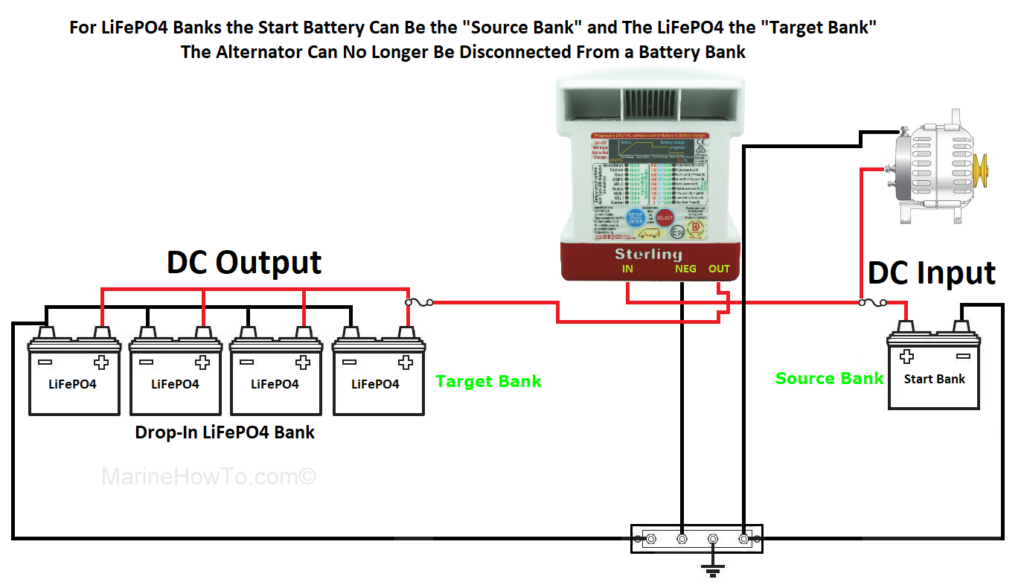In this design example, a Sterling DC to DC converter is used to charge a lithium house bank with the Start battery as the "Source". So for example, if we are charging the Lithium Bank at 60Amps over 3hrs, how is this justified when a Start battery is not designed to provide high current over a long period of time?

